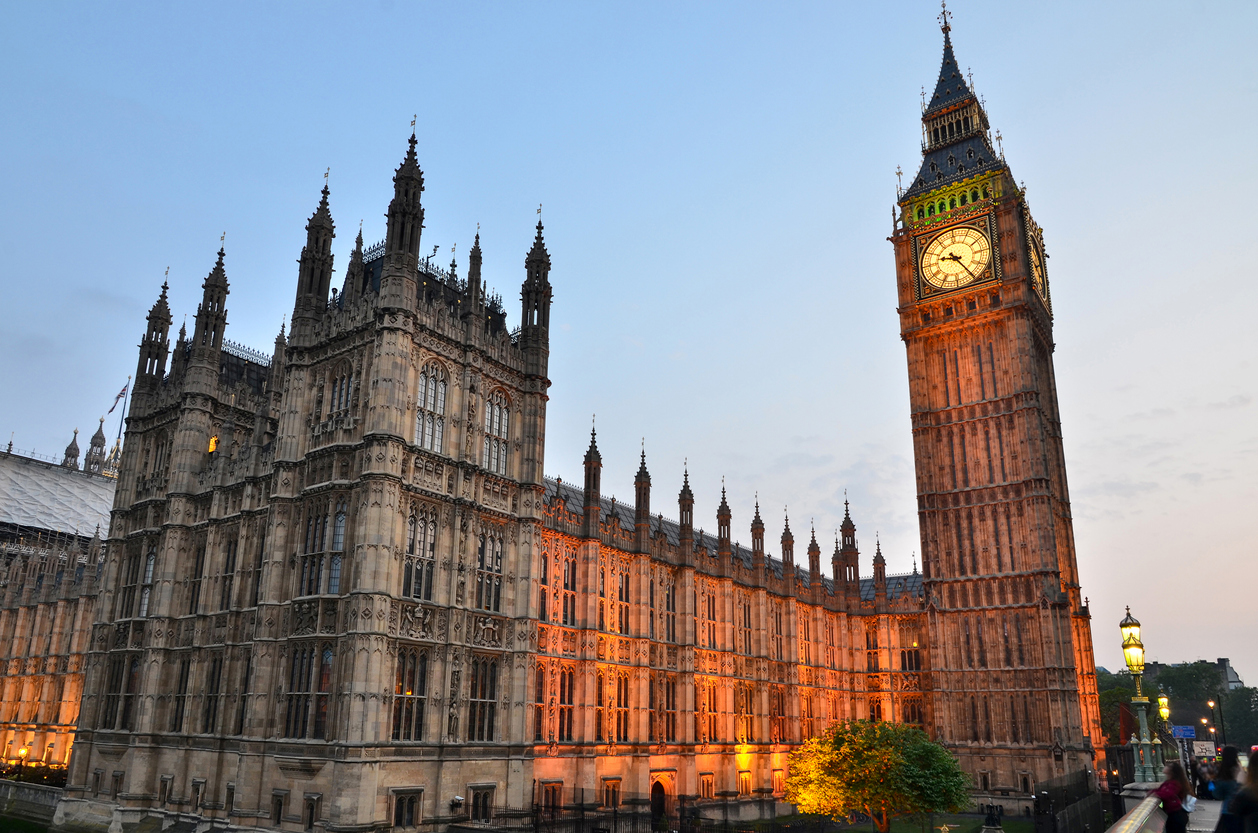
An earlier article, Choice of Law/Forum and Waiving the Right to a Jury Trial: California Court Holds That the Former Cannot Do the Latter,[1] reviewed the William West v. Access Control Related Enterprises, LLC decision in which a California court held that a California citizen could not be required to litigate an action involving a Delaware LLC in the Delaware Chancery Court because that forum does not provide for jury trials. In a subsequent addition to the choice of law battle between California and Delaware, the Delaware Chancery Court in JUUL Labs, Inc. v. Grove held that the inspection of books and records of a Delaware corporation is governed by Delaware law notwithstanding a California statute to the contrary.[2]
Daniel Grove was a shareholder and employee of JUUL Labs, Inc. This corporation is organized in Delaware, but its principal place of business is in San Francisco. Grove demanded to inspect JUUL’s books and records under Section 1601 of the California Corporations Code, indicating that if he did not receive the requested books and records he would bring suit in California to compel inspection under California law. The California Corporations Code, at section 1601(a), purports to apply not only to corporations incorporated in California but also to “any foreign corporation keeping such records in this state or having its principal executive office in this state.” JUUL, in response, filed this action in the Delaware Chancery Court, seeking among other relief a declaration that it is Delaware, not California, law that governs Grove’s rights to inspect JUUL’s books and records. It sought further relief in the form of an injunction against Grove to prevent him from attempting to circumvent certain contractual limitations on his ability to inspect books and records. Thereafter, Grove filed an action in the Superior Court of California for the County of San Francisco seeking relief under California Corporations Code Section 1601. That action, Grove v. Adam Bowen,[3] was stayed by the California court.
The Chancery Court, after disposing of arguments that Grove had, by contract, waived his right to bring an action under California Section 1601, turned to the (frankly more interesting) question of the Internal Affairs Doctrine. That analysis began with a quotation from the decision of the United States Supreme Court, Edgar v. MITE Corp., namely:
The internal affairs doctrine is a conflict of laws principles which recognizes that only one State should have the authority to regulate a corporation’s internal affairs—matters particular to the relationships among or between the corporation and its current officers, directors, and shareholders—because otherwise a corporation could be faced with conflicting demands.[4]
From there the court cited a number of Delaware decisions holding that the Internal Affairs Doctrine protects rights that arise under the Due Process Clause, the Full Faith and Credit Clause, and the Commerce Clause,[5] all of which may be well and good, but to this point still beg the question of exactly what actions and activities constitute “internal affairs.” It was to that question that the court next turned its attention. For the Delaware Chancery Court, it was not a close question. Rather, “Stockholder inspection rights are a core matter of internal corporate affairs.”[6] Turning its attention to the analysis previously set forth in Salzberg v. Sciavacucchi,[7] the court reviewed that decision and determined that inspection of books and records is a core internal affair.
The Chancery Court went on to compare section 1600 of the California Corporations Code, which affords access to the shareholder list, with section 220 of the Delaware General Corporation Law (DGCL), finding the California statute to be broader than that of Delaware. Likewise, the comparison of California Corporations Code section 1602, governing the inspection rights of directors, was made against DGCL section 220(d), with another determination being made that the rights under California law are broader than they are under Delaware law ultimately:
Generally speaking, the California inspection regime is not radically different from the Delaware regime, but it is not the same either. California’s precious balancing of the competing interests between stockholders and the Corporation differ from Delaware’s.[8]
Drawing a line in the sand, the JUUL court wrote:
Under constitutional principles outlined by the Supreme Court of the United States and under Delaware Supreme Court precedent, stockholder inspection rights are a matter of internal affairs. Grove’s rights as a stockholder are governed by Delaware law, not by California law. Grove therefore cannot seek an inspection under [California Corporate Code] section 1601.[9]
JUUL’s Amended and Restated Certificate of Incorporation contains an exclusive jurisdiction clause requiring that “the Court of Chancery in the state of Delaware shall be the sole and exclusive forum for any stockholder (including a beneficial owner) to bring . . . (iv) any action asserting a claim against the Corporation, its directors, officers, employees or stockholders governed by the Internal Affairs Doctrine.” On that basis, and citing Boilermakers Local 145 Ret. Fund v. Chevron Corp.,[10] it was held that the inspection of records could be brought only in the Delaware Chancery Court.[11]
So there you have it; unsurprisingly, the Delaware Chancery Court has held that the right of inspection of corporate books and records is soundly within the scope of the “internal affairs” of the Corporation, and therefore governed by the law of the jurisdiction of organization, and that a provision in the certificate of incorporation vesting exclusive jurisdiction to hear disputes with respect to internal affairs in the Delaware Chancery Court will likewise be enforced. The question the JUUL court did not resolve was whether contractual waivers of the right to inspect books and records will, when properly presented to the court, be enforced.[12] But again, that determination should be made under the Internal Affairs Doctrine.
Procedurally, Delaware courts will continue to apply its broad interpretation of “internal affairs,” and as long as exclusive jurisdiction provisions of certificates and by-laws are enforced by Delaware courts,[13] and there is no reason to think to the contrary, we could end up in a situation in which companies as a matter of ordinary course include (i) exclusive jurisdiction clauses that expressly encompass inspection of books and records and (ii) waivers of the right to inspect, whether under DGCL § 220, under the law of any other jurisdiction, or under common law. Ergo, “it would mean that 220 inspection rights could be left a functional dead letter.”[14] The question will then arise as to whether the courts of California or another state will disagree that (a) the Delaware courts have exclusive jurisdiction or (b) that inspection rights are subject to waiver, thereby setting up a true conflict as to choice of law.
Another interesting interface of a potential elimination of inspection rights will be upon the standards to bring a derivative action. Currently, Delaware imposes a high threshold for bringing a derivative action, cautioning that plaintiffs should avail themselves of DGCL § 220 inspection rights in order to plead the prospective case with the necessary degree of specificity. If by private ordering the shareholders’ right of inspection has been restricted or eliminated, will the enhanced standards for bringing a derivative action be necessarily reduced?[16]
[1] Business Law Today (Sept. 2020).
[2] 238 A.3d 904 (Del. Ch. 2020).
[3] Superior Court of California, CGC20582059.
[4] 457 U.S. 624, 645 (1982) (citing Restatement (Second) of Conflict of Laws § 302 cmt. b. (1971)).
[5] 238 A.3d at 914.
[6] 238 A.3d at 915.
[7] 227 A.3d 102 (Del. 2020).
[8] 238 A.3d at 917.
[9] 238 A.3d at 918.
[10] 73 A.3d 934, 963 (Del. Ch. 2013).
[11] 238 A.3d at 919.
[12] 238 A.3d at 919-20.
[13] See Salzberg v. Sciabacucci, 227 A.3d 102 (2020); see also Gabriel K. Gillett, Michael F. Linden, and Howard S. Suskin, Delaware Supreme Court Declares Federal Forum Provisions in Corporate Charters Are “Facially Valid,” Business Law Today (April 2, 2020).
[14] See Professor Ann Lipton (Tulane Law) in a posting on the Business Law Prof Blog on August 15, 2020, titled The United States of Delaware.
[15] See AmerisourceBergen Corporation v. Lebanon County Employees’ Retirement Fund, 243 A.3d 417 (Del. 2020) (“For over a quarter-century, this Court has repeatedly encouraged stockholders suspicious of a corporation’s management or operations to exercise this right to obtain the information necessary to meet the particularization requirements that are applicable in derivative litigation.”); Id. collecting case at note 33.
[16] While this is not the place for a full exploration thereof, there exists a significant policy question with respect to whether, particularly in closely held ventures, limitations on inspection of books and records should be permitted. While it is necessary to balance the need of the corporation or other legal entity to operate in accordance with the directions of its management, eliminating access to books and records allows those fiduciaries the benefit of operating without oversight. See also Thomas E. Rutledge, Who Will Watch the Watchers?: Derivative Actions in Nonprofit Corporations, 103 Kentucky Law Journal Online 31 (2015). The hazard is obvious.











